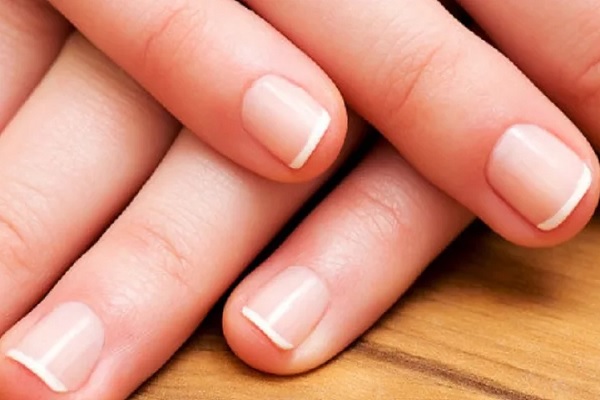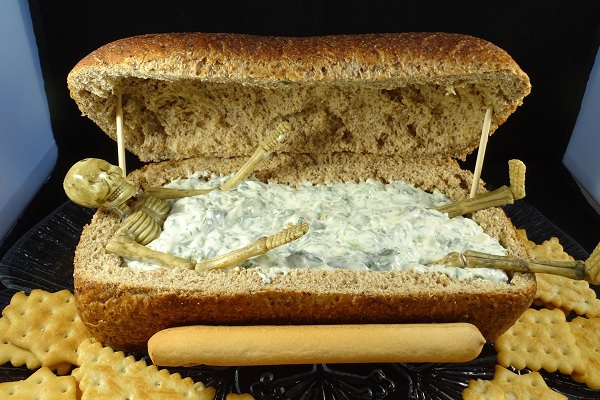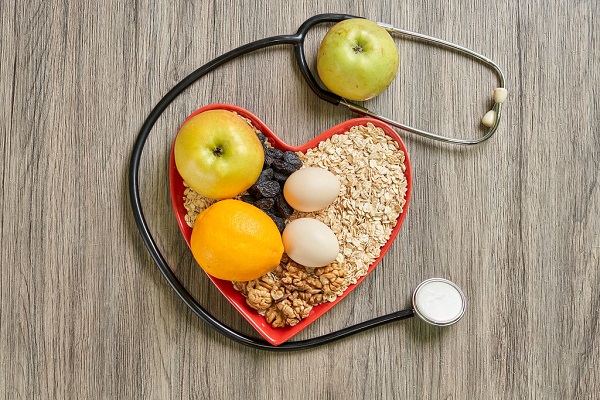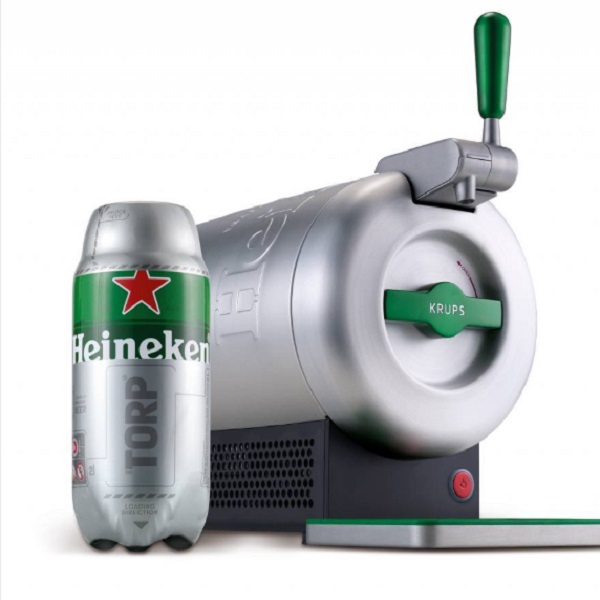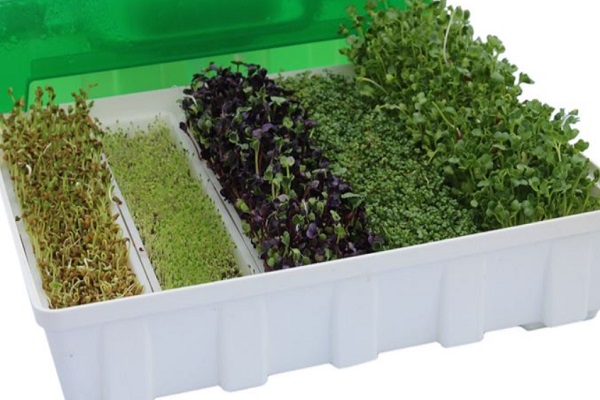
It is true that commercially grown sprouts have become an issue of concern for many people since the sprouts exchange hands between many people. It is also hard to rinse all those sprouts as frequently as required when you are growing huge batches at a time. It is, therefore, safe to get the seeds, the sprouting equipment and water and sprout at home rather than buying what has been sprouted from the stores. You should also remember to rinse your sprouts frequently and heat them before eating to kill bacteria. You should also consume them within 7 days of storing them in the fridge to reduce the chances of suffering from food poisoning. That said, here are the 10 healthiest sprouts you can make at home.
Broccoli
Broccoli seeds are tiny but incredibly succulent once they sprout. Their size makes them very easy to sprout at home since all you need is a glass jar, clean water and a sprouting lid. You need to be cautious that you don’t sprout too many because they increase in size really fast and within three days of sprouting so two to three tablespoons will work. Just soak for eight hours and then rinse before installing the sprouting lid and storing is a dark room. After three days of rinsing twice or thrice daily, your sprouts will be ready to be moved near a window for sunlight. You will have your green sprouts ready for eating after a day or two of exposure to sunlight and now you have saved yourself money.
Wheat Sprouts
Wheat grains can also be sprouted in glass jars or sprouting basins that you can buy. You just need to soak them properly for up to 12 hours before you begin your rinsing and sprouting routine. Sprouted wheat contains over 300% more proteins, beta carotene and up 1000% more Vitamin B than the seeds. Sprouted seeds also contain vital vitamins including E and C which become more readily available to the body when the seeds are sprouted. The procedure for sprouting is similar to that of broccoli mentioned above.
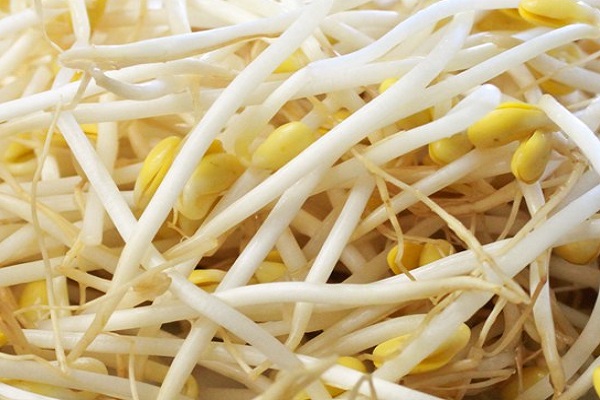
Soybean Sprouts
Sprouting soybeans is also as simple as soaking seeds for eight hours and then storing them in an inverted jar with the sprouting lid in place to prevent the build-up of too much humidity. Rinsing daily is a must of course and you need sunlight on the third and fourth days to green them up. You can use the sprouted soybeans to make a crunchy meal of sprouts and many are tastier than raw soy seeds. The protein and vital vitamin content of soy sprouts are higher than what you get in soy seeds themselves. Sprouted soy also works great for people struggling with anaemia as the sprouting makes iron readily available to the body.
Green Lentils
Green lentils tend to produce lots of intestinal gas which is why sprouting is a great way to make them healthy. Sprouted lentils also contain Vitamin C and an increase in the content of B Vitamins than what you get from the cooked lentils alone. Green lentils also contain healthy fibre and reduced sugars. Sprouting lentils is just as easy as sprouting soy seeds. You just need a jar and a sprouting lid or even a meshed piece of cloth that allows air to circulate freely and water to drain once you have rinsed your sprouting seeds.
Clover Sprouts
Clover seeds are also tiny and so you only need two to three tablespoons in your spouting jar. A single serving of any type of closer sprouts contains all the vital vitamins you need including Vitamin A,B,C,K and E. Clovers also sprout quickly once you have soaked properly and rinsed every day. The seeds may not need greening since your shoots will be colourful and tasty by the third day of sprouting. You can cook or eat them raw as long as you store them in a sealed container.
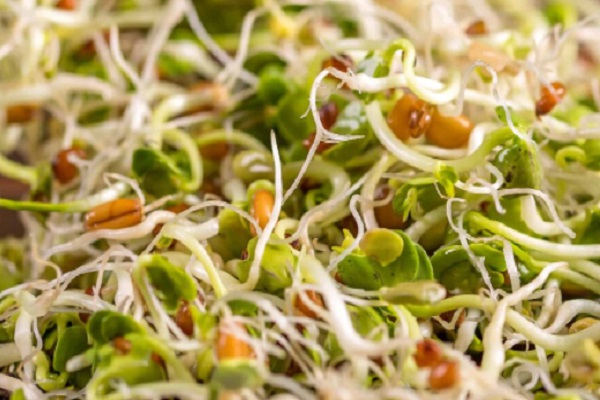
Radish Sprouts
Radish sprouts help reduce many free radicals in your cells which reduces inflammation, consequently reducing the risk of diseases, especially cancer. That is why radish seeds are believed by many to fight cancer. They contain all essential amino acids as well as Vitamins A, B,C,E and K. Radish seeds can be sprouted in a jar but you should get a sprouting glass basin for these ones if you want to see that beautiful green and red colour on the shoots after the fourth day. Radish seeds are also the richest in potassium and calcium and they also contain phosphorus, potassium and zinc.
Onion Sprouts
Don’t worry, onion sprouts are not any stronger than your regular serving of green onions. They are actually mild but super nutritious and you can chop them and use them as a garnish for your regular dishes. Like other sprouts, onion sprouts contain proteins and Vitamin K. You also get a healthy content of Vitamin B and D as well as phosphorus, potassium and magnesium. They sprout into slender green shoots that can be served raw or be cooked with your regular dishes. You just need a mason glass jar and a sprouting lid like the other seeds on the list.
Green Peas
Like other legumes, you need to check whether the green peas you are planning to sprout are safe for sprouting. Peas have large seeds which require more space for air circulation so your mason jar may not help here. Just get a proper sprouting trough or glass basin from the store and soak your peas for 12 hours before you start rinsing thrice to four times every day to get your sprouts. Alongside their high healthy protein content, green pea sprouts have antioxidants that fight radicals in your body. They also help your body fight infections by reducing inflammation. Green pea sprouts are also the best food for weight management.
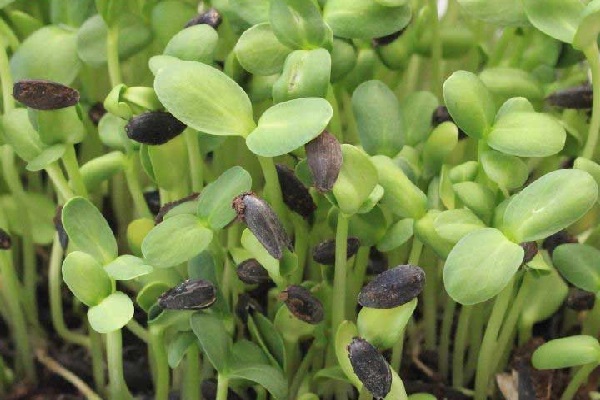
Sunflower Sprouts
Sprouting unlocks a huge content of folate in sunflower seeds that you won’t get from the seeds. You also unlock all vitamins including A,D,E and K which are the antioxidants you need to fight free radicals in the body. You have to ensure that the sunflower seeds you buy are labelled sproutable because roasted and toasted ones won’t work. They sprout shoots within 48 hours once you are done with your soaking and the first round of rinsing. You can choose how to eat them but you should ensure they are properly drained to prevent bacteria build-up while sprouting.
Mung Beans
These are other legumes that are easy to find and make super healthy sprouts with all essential amino acids. The sprouts are also the tastiest of any beans and you can also eat them raw if you want to enjoy more of their nutty taste. They are also best sprouted in a larger sprouting basin because they need lots of air circulation.
